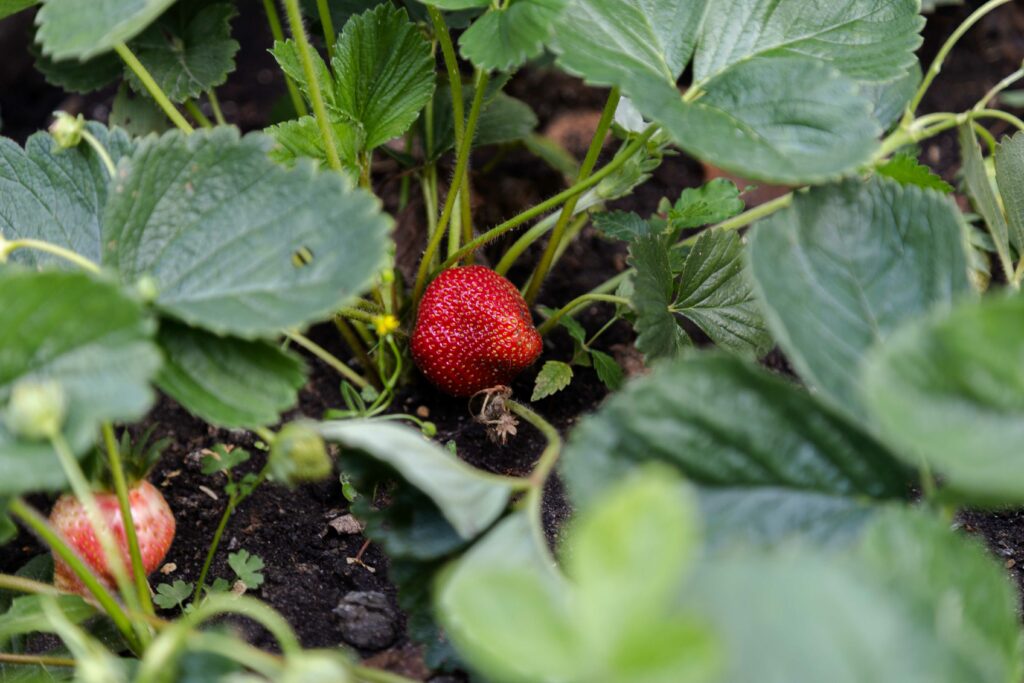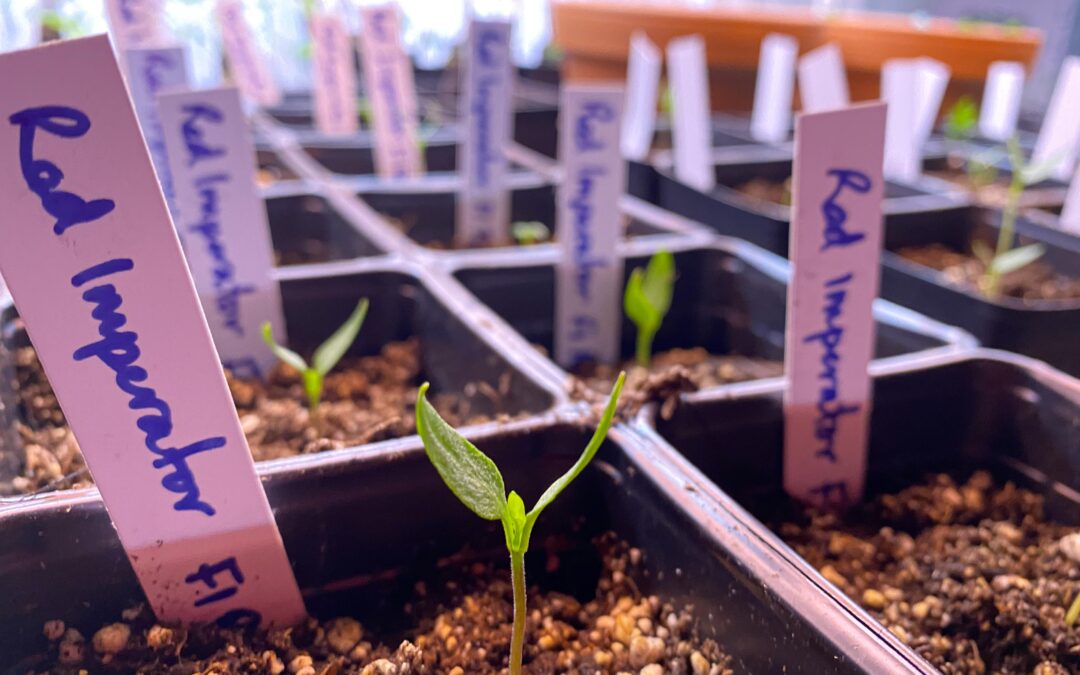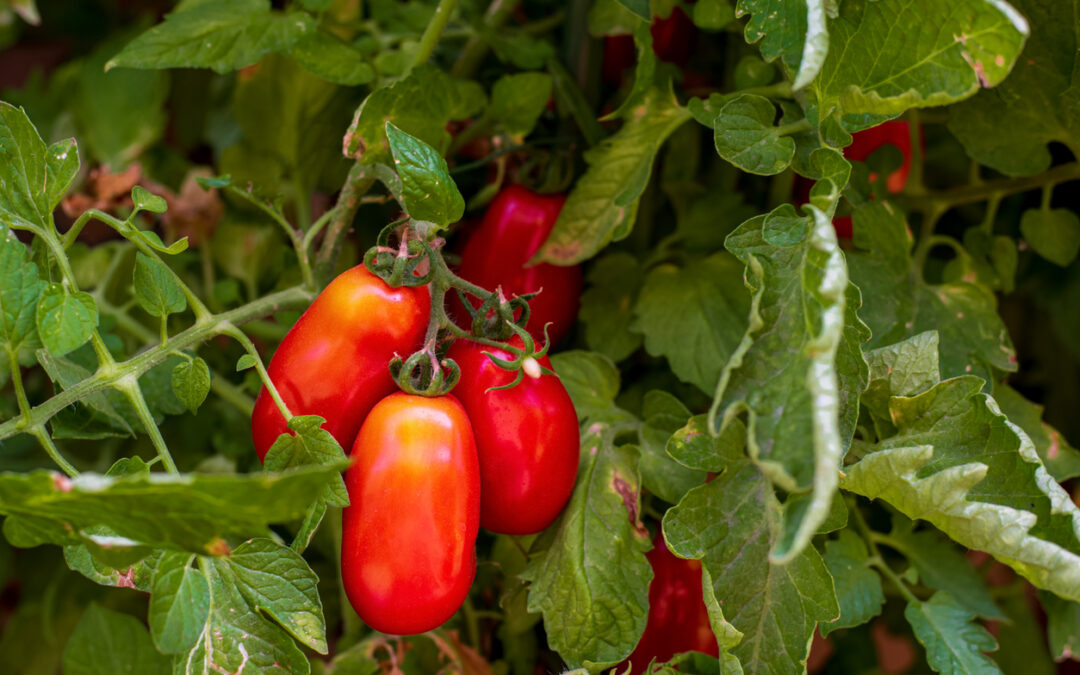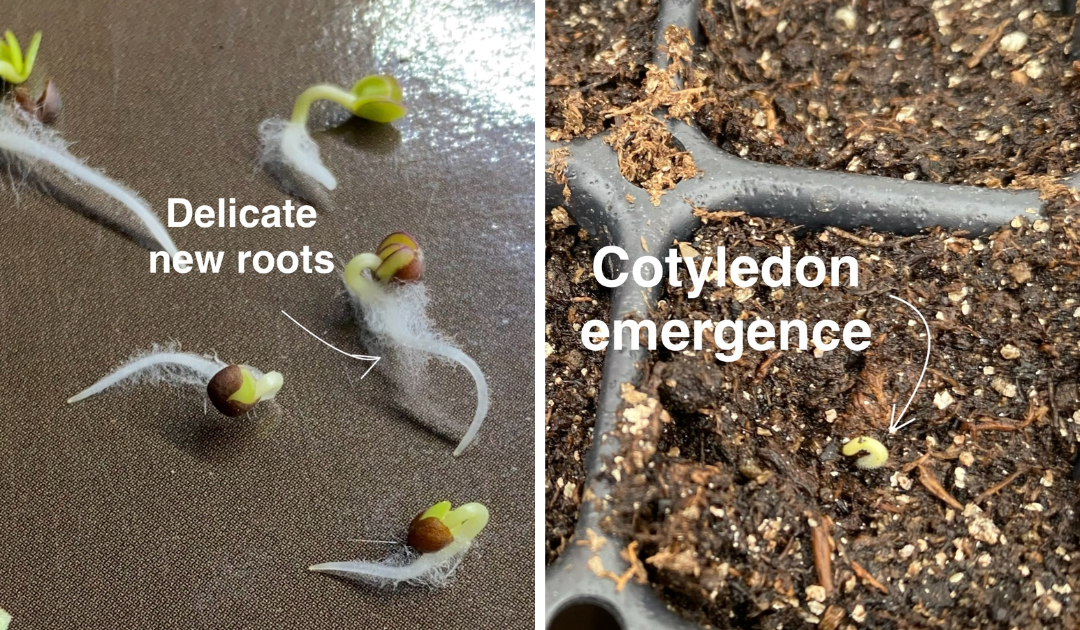 Being a summer baby, I always associate strawberries with birthday celebrations and languid, warm days. They are one of my favourite fruits, and fill me with yumminess and happiness.
Being a summer baby, I always associate strawberries with birthday celebrations and languid, warm days. They are one of my favourite fruits, and fill me with yumminess and happiness.
Strawberries are fascinating from a botanical standpoint. The berry we eat and enjoy is not actually a berry by definition. Unlike true berries, its seeds are on the outside. What we eat is actually just a fleshy “receptacle” for holding pistils, the female anatomy of the flower.
Pistils are the seeds that we all recognize on our strawberries and, technically speaking, are actually “achenes,’ inside of which are the “true seed” that becomes a strawberry plant. You can find achenes on other tree fruits like peaches and plums. The part we eat is the swollen ovule of the strawberry.
The familiar little runner or stem we see coming off a strawberry plant is called a “stolon.” If you allow it to root and propagate it well, it will produce a genetic match to the parent plant, which is something you wouldn’t be able to achieve using the seeds. Cool, right?
I have kept a wide variety of strawberry blossoms in my garden over the years. These include Delizz strawberries, summer breeze rose, razzleberries, and Aloha berries. Fort Laramie strawberries are a good everbearing variety for Alberta. I grow my strawberries inside and outside the greenhouse, always in as much sun as I can find.
- To start your strawberry patch, buy roots from a greenhouse in early spring. Soak the roots in water for 30 minutes or so then trim the roots down to about 2 or 3 inches. Plant them into well-draining soil with finished compost or slow-release fertilizer blended in.
- Grow your strawberries in the sun, for at least 8 hours of direct sun every day, 12 if you can.
- Strawberry baskets are a great addition to the greenhouse in April, where they are protected from frost. Make sure to move the strawberries outside the greenhouse by June, though, as they are prone to mold in the humidity of the greenhouse over the summer.
- Either hang in a basket or mulch with straw (or last year’s ornamental Reed Grass) to keep the berries off the soil. They are prone to spotted-wing drosophila larvae and— trust me on this —there are few things more disappointing in life than picking a big juicy strawberry only to discover it’s been half eaten by tiny worms on the side that had been on the ground.
- To grow clones, use the stolon. Allow the stolon to lay on the ground until it has put down roots (usually 3-4 weeks) and then simply cut the stolon stem to separate the new clone from the mother. It can be dug up and moved at this point.
- Most strawberries are difficult to grow over winter in the Prairies, and it is almost impossible in a pot or raised bed. In the fall, water deeply and then mulch heavily with 4-8 inches of leaves. Gently pull the leaves back in April to reveal some fresh green growth.



